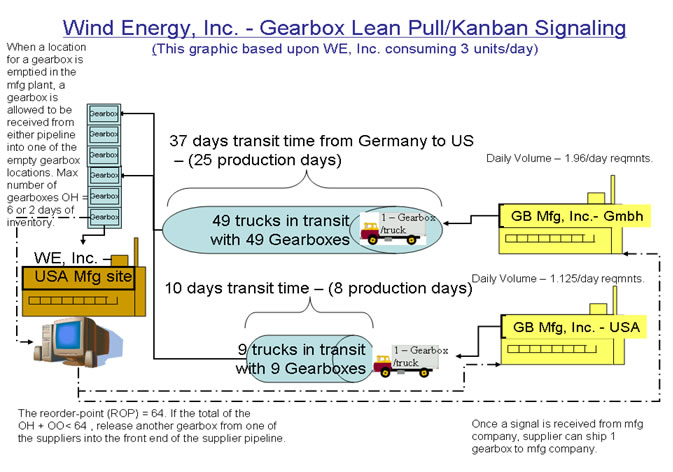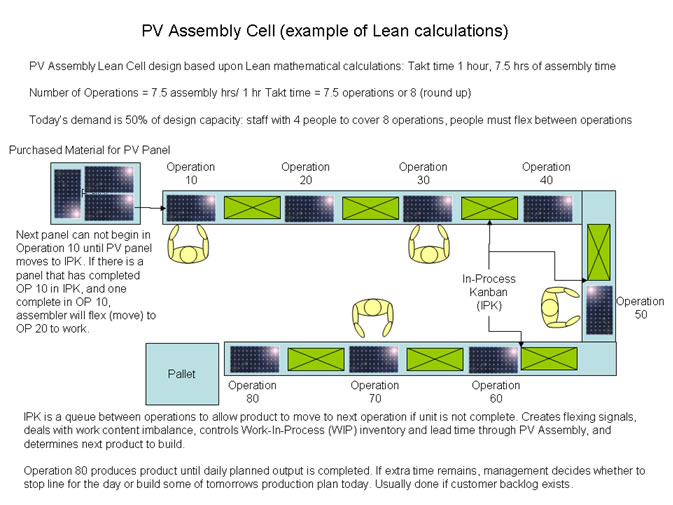Using Lean to produce renewable energy products will keep costs low, make the investment of capital more efficient, provide product in the shortest possible lead time, and ensure the continued growth of the industry. Using Lean will drive cost out of the products/processes allowing more conversion to renewable energy for every dollar spent. Some renewable energy manufacturing companies are using some Lean tools, but much more can be done to reduce the waste in manufacturing these products.
Preston "Jay" McCreary | FlowVision, LLC, USA
The Reasons for Renewable Lean


If your business is a renewable energy manufacturing company and you have not begun the implementation of Lean, begin tomorrow. If your company has an implementation in progress, redouble your efforts, extend pull outside to the supply base and design the waste out of all of the business processes. The national energy infrastructure and the planet needs the energy infrastructure to be changed to renewable energy as completely and quickly as possible. We need the jobs and we need the growth in the economy that Renewable Lean can create.
Preston J McCreary
Partner
FlowVision, LLC
303-886-2852
mccreary@flowvision.com
The content & opinions in this article are the author’s and do not necessarily represent the views of AltEnergyMag
Comments (0)
This post does not have any comments. Be the first to leave a comment below.
Featured Product


